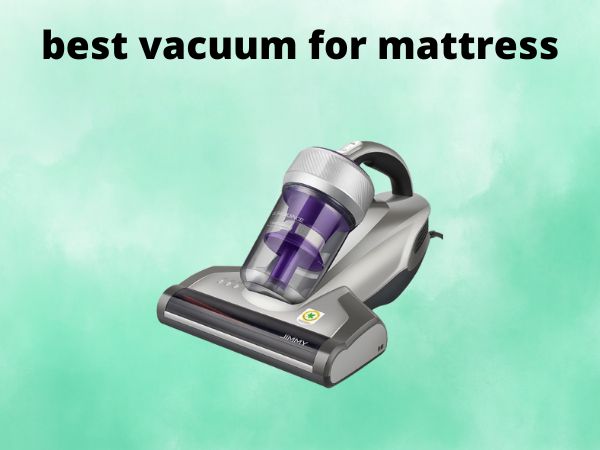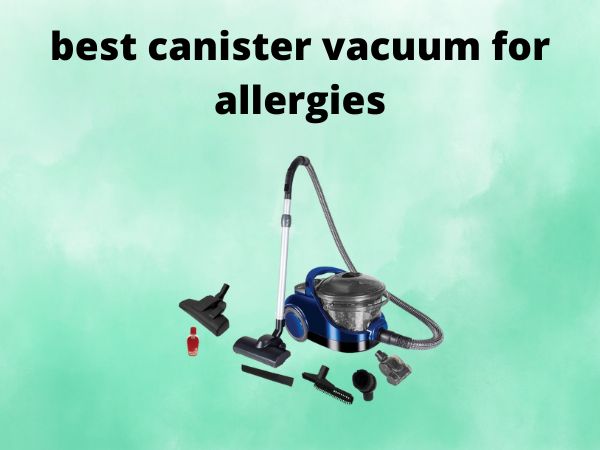How Do You Vacuum Seal [Beginner’s Step-by-Step Guide]
Welcome to the ultimate guide on mastering the art of vacuum sealing! Whether you’re a culinary aficionado or just looking to preserve food and save some bucks, vacuum sealing is the skill you didn’t know you needed. But how do you vacuum seal effectively? Let’s dive in!
First things first: what exactly is vacuum sealing? Imagine encapsulating your food in a protective bubble. That’s vacuum sealing in a nutshell — it involves removing air from a package before sealing it securely. This method extends the shelf life of food by staving off mold, bacteria, and freezer burn.
Table of Contents
Importance of Vacuum Sealing
Why bother with vacuum sealing, you ask? Well, not only does it maximize freshness, but it also minimizes waste. Think of it as putting your leftovers into hibernation, only to emerge fresh and flavorful weeks later. It’s a lifebuoy for those inclined to buy in bulk or delve into meal prep.
Types of Vacuum Sealers
External Vacuum Sealers
These are the most common household sealers, often seen in infomercials. They’re budget-friendly and user-friendly, perfect for everyday-use.
Chamber Vacuum Sealers
Chamber sealers, on the other hand, are the luxury cars in the vacuum sealing world. They’re bulkier but more efficient, especially for liquids and delicate items.
Choosing the Right Vacuum Sealer
Picking a vacuum sealer is like choosing a car — it has to fit your needs and lifestyle. Are you a casual user or a serious preppy? Consider the frequency of use, budget, and type of food you’ll be sealing.
Step-by-Step Guide to Vacuum Sealing
Step 1: Gather Your Supplies
You’ll need vacuum sealer bags, a marker, and of course, your trusty vacuum sealer.
Step 2: Prepare the Items
Divide food into manageable portions. Remember, vacuum sealing is all about convenience and future planning.
Step 3: Fill the Vacuum Bag
Place your items in the bag, leaving some space at the top to ensure a proper seal.
Step 4: Align the Bag in the Sealer
Position the open edge of the bag into the vacuum sealer. Follow your machine’s guidelines for best results.
Step 5: Seal the Deal
Initiate the vacuum process and watch as the magic happens — air is sucked out, and your bag transforms into a tight, sealed package.
Common Mistakes to Avoid
Even pros have their moments. Avoid overfilling bags, failing to freeze liquids beforehand, or using the wrong type of bag.
Maintaining Your Vacuum Sealer
Like any kitchen gadget, your sealer needs some TLC. Regular cleaning and timely replacement of sealing gaskets are key to longevity.
Creative Uses for Vacuum Sealing
Beyond food, vacuum sealing works wonders with silver jewelry, preserving documents, and even marinating meats quickly.
Vacuum Sealing Hacks for Beginners
- Flash-freeze fruits before sealing to preserve shape and texture.
- Label bags with contents and date for easy meal planning.
- Use smaller bags to avoid thawing more than needed.
Benefits of Vacuum Sealing Beyond Food
Did you know vacuum sealing tents and blankets compresses them for easy storage? It’s a traveler’s best-kept secret!
How Does Vacuum Sealing Work?
Ever wondered about the science? It’s all about creating an anaerobic environment—one that’s inhospitable to the bacteria and mold that spoil food.
Environmental Impact of Vacuum Sealing
While plastics aren’t perfect, reducing food waste through vacuum sealing is a step towards a more sustainable kitchen.
Alternative Methods to Vacuum Sealing
Consider blanching and freezing, using airtight containers, or even fermentation when vacuum sealing isn’t an option.
Vacuum Sealing Safety Tips
Safety first! When dealing with raw fish or meat, ensure thorough cooking after storing. Never seal hot foods, as it promotes undesirable bacteria growth.
Conclusion
And there you have it—a comprehensive guide on how to become a vacuum sealing pro! With these tips and tricks, not only will you preserve your food’s freshness, but you’ll also save time, money, and more. So why not give it a whirl? Your future meals will thank you!
FAQs
What can you vacuum seal besides food?
Beyond edibles, you can vacuum seal clothes, important documents, and camping gear to protect them from moisture and pests.
How long do vacuum-sealed foods last?
Vacuum-sealed foods in the freezer can last 2-3 years, significantly longer than conventional storage methods.
Is it safe to vacuum seal cooked foods?
Yes, but ensure the food has cooled completely before sealing to avoid bacterial growth.
Can you vacuum seal liquids?
Absolutely! However, it’s best to freeze liquids first, which prevents them from spilling or being sucked into the sealer.
Do vacuum sealer bags work with all machines?
Most brands are compatible, but it’s essential to check your owner’s manual for specific recommendations.



